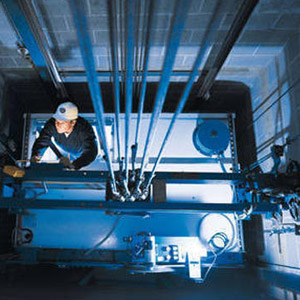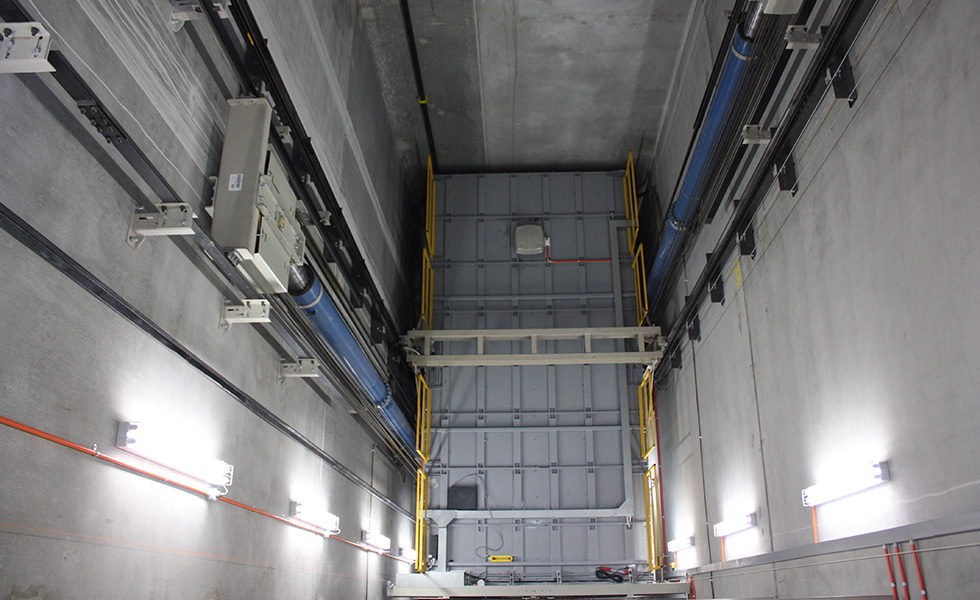Essential Overview to Understanding Impaired Platform Lifts and Their Performance
Recognizing the intricacies of impaired platform raises exceeds mere awareness; it calls for a comprehensive understanding of their capability and layout. From the numerous types available to the essential elements that make them functional, each facet adds to the smooth operation of these necessary access devices. Moreover, the strict security laws and maintenance considerations connected with platform lifts are paramount in guaranteeing their dependability and longevity. By discovering these elements thoroughly, one can get an extensive understanding of exactly how these lifts not just improve ease of access however likewise focus on individual safety and benefit.
Types of Disabled Platform Lifts
There are numerous sorts of impaired platform lifts developed to provide availability for individuals with wheelchair obstacles. Upright platform lifts are a preferred option as they relocate straight up and down, making them optimal for much shorter ranges and where area is limited. These lifts are usually mounted in homes, colleges, and business buildings to aid wheelchair users in browsing different degrees. Inclined platform lifts, on the other hand, are ideal for locations where an upright lift may not be viable due to building constraints. These lifts adhere to the incline of stairs, supplying a smooth and secure adventure for individuals with mobility problems.
Another kind of disabled system lift is the portable lift, which provides versatility and convenience. Each type of disabled platform lift serves a special purpose in enhancing ease of access and improving the top quality of life for individuals with wheelchair obstacles.
Trick Components and Systems
Impaired system lifts, such as upright and inclined lifts, depend on particular key components and systems to make sure smooth and safe transport for people with flexibility difficulties. One essential element of these lifts is the platform itself, which serves as the structure for transporting individuals - elevator maintenance. The platform is created to be durable, spacious enough to fit wheelchairs or movement devices, and geared up with safety functions such as guardrails and non-slip surface areas to stop crashes throughout transportation

Additionally, safety sensing units and emergency quit switches are integrated right into impaired platform lifts to boost user safety and protect against crashes. These elements collaborate to create a reputable and reliable transport service for individuals with Related Site movement problems.
Setup and Upkeep Factors To Consider

Routine upkeep is similarly crucial to maintain handicapped system raises running efficiently. Scheduled evaluations, lubrication of relocating components, and testing of safety attributes need to be performed according to the supplier's suggested timetable. Any kind of indications of damage ought to be addressed promptly to stop more damages and ensure the lift runs accurately. In addition, having a maintenance log to track service background and treatments can help in recognizing patterns and prospective issues prior to they intensify. By prioritizing proper installation and diligent maintenance techniques, the longevity and performance of handicapped platform lifts can be taken full advantage of, benefiting both customers and facility managers.
Security Functions and Rules
Ensuring conformity with safety check that and security laws is paramount when assessing the effectiveness of safety features in handicapped system lifts. These lifts undergo certain safety and security criteria to protect individuals, making it essential for suppliers and operators to follow these laws. Safety and security functions frequently discovered in handicapped system lifts consist of emergency situation stop buttons, security barriers, interlocks, and under-platform sensing units. Emergency stop buttons permit instant halting of the lift in situation of an emergency, while safety barriers stop users from mistakenly diminishing the system. Interlocks ensure that the lift doors are safely closed before the lift operates, boosting customer safety and security. Under-platform sensing units discover blockages beneath the lift, stopping it from coming down if an object is in the method. Additionally, regular maintenance and examinations are essential to make certain that safety and security features are working correctly and in compliance with guidelines. By prioritizing security features and sticking to regulations, impaired system lifts can offer safe and reliable transport for individuals with handicaps.
Benefits of Using Platform Lifts
Compliance with security laws and the implementation of necessary safety features in handicapped system lifts add to the overall advantages of making use of these lifts for people with handicaps. Beyond safety and security, platform lifts supply a series of advantages that enhance ease of access and comfort. One key benefit is the enhanced independence they provide to customers with wheelchair challenges. By using a dependable means of upright transportation, system lifts encourage people to access different levels of a structure without assistance, promoting a feeling of freedom and flexibility. Additionally, system lifts are flexible and can be set up in numerous settings, consisting of homes, schools, and commercial buildings, making them a sensible service for a variety of environments. These lifts likewise promote inclusivity by making sure that individuals with handicaps can navigate areas alongside their able-bodied peers. In general, the comfort, independence, and inclusivity facilitated about his by platform raises dramatically boost the high quality of life for people with disabilities, making them an indispensable access remedy.

Final Thought
In conclusion, disabled platform lifts come in numerous types with crucial components and mechanisms that permit for safe and efficient operation. The benefits of using system lifts include raised availability and self-reliance for individuals with disabilities.